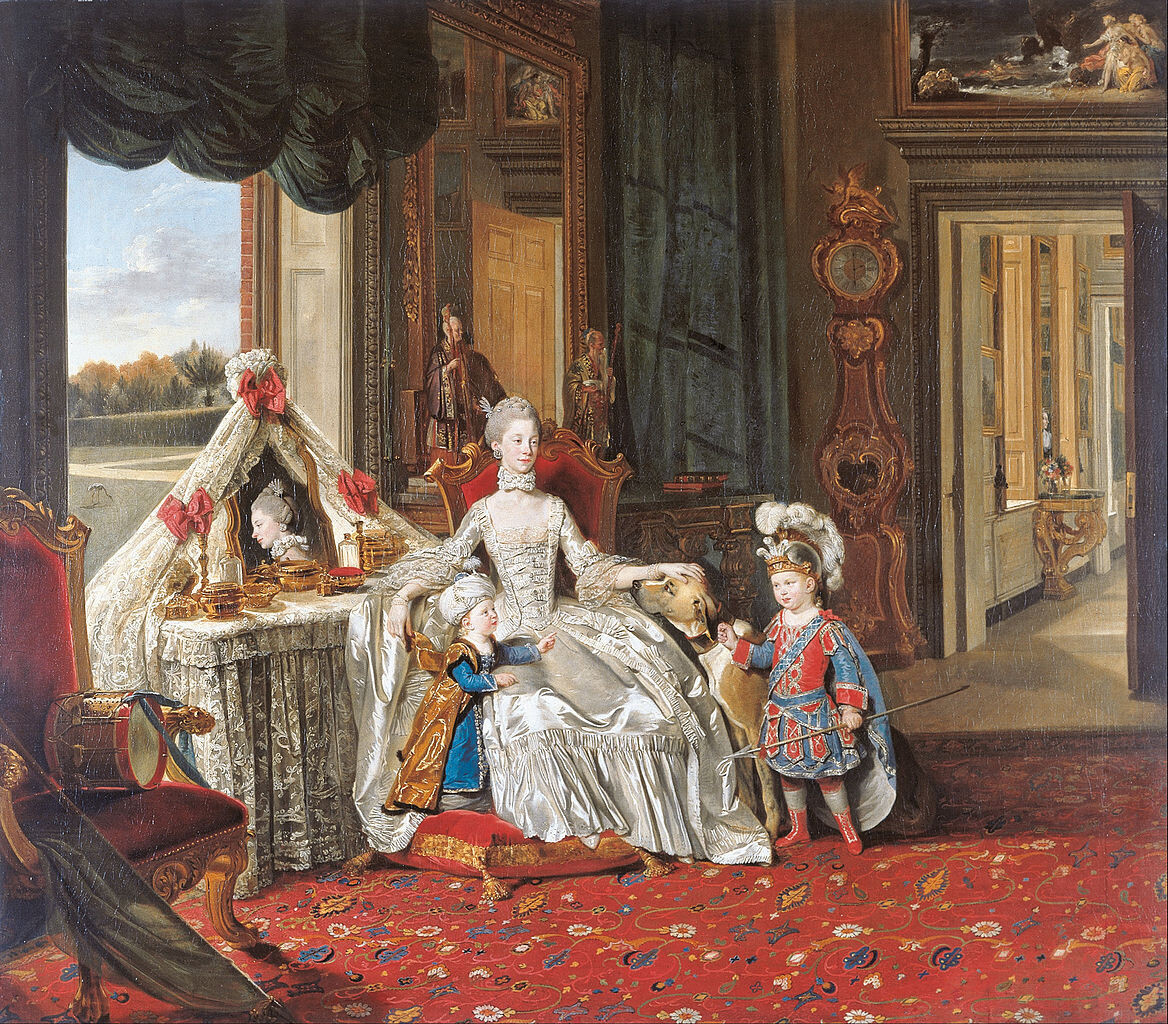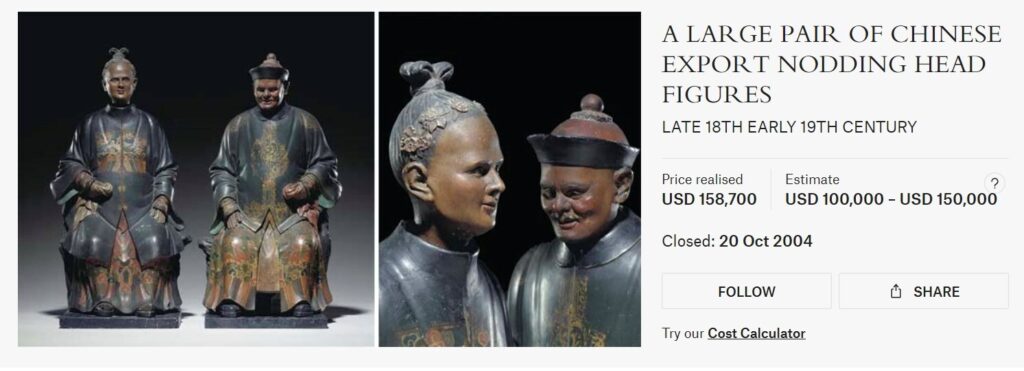Recently, I had the sort of intrusive thought that’s only of any value when your specific job is trivia-adjacent. I wanted to know who inspired the original bobblehead. What public figure was so beloved, so popular, that the population demanded a small version of them with a weak neck to plop on a random surface in their home?
When I started to look into it, though, I found that I needed to thumb through a much vaster quantity of the history books than I expected.
It turns out that the bobblehead isn’t a modern child borne of marketing and the large profit margins of plastic resin. It’s instead, an art form that demands legitimate respect, and starts with religious figures in 17th century China. The roots of the bobblehead family tree are what were known as “temple nodders.” They were produced in China and usually featured the Buddha and other religious figures, which, in a funny way, mean that “Buddha & Friends” were the first collectible series. After all, how do you make a deity seem more approachable? Have it nod happily at you every time you look at it, as if the Buddha himself approved of how you handled making dinner.
Don’t Miss
Their ingenuity was rapidly validated, since they’d barely been around before visitors were equally entranced. Especially with the comparatively barren standards for entertainment back then, temple nodders might as well have been an iPad with Temple Run pre-installed. They specifically entranced the Prince of Wales, who brought a whole grip of them back to Europe, and covered the Royal Pavilion in his new favorite kind of figurine.

They’d even earned references in popular writing by the mid-1800s, with Nikolai Gogol — a man who would make a phenomenally ironic bobblehead — mentioning “the neck of plaster cats that wag their heads” in his 1842 short story The Overcoat. Their popularity had risen to a point that demanded they be available in non-holy-figure versions, and by the 1900s, Germany was producing ceramic animal bobbleheads. In fact, Germany staked a bit of a flag in the bobblehead business. Apparently, to bobblehead enthusiasts, the common “big-head small-body” dolls are referred to as “German-style”.
It would take two centuries before bobbleheads entered the sphere they’re probably most associated with today — professional sports. In 1960, Major League Baseball would produce the first series of sports bobbleheads, initially a set of generic players for each team, then for stars like Roberto Clemente and Willie Mays. Mays was also the bobblehead that seems to have taken them to the next level, with a hugely successful giveaway of his tiny, shaking likenesses in 1999.
Nowadays, it’s probably harder to think of a famous person who’s never been a bobblehead than the opposite. To their credit, they hold their charm, something I highly doubt is going to happen with Funko Pops.

